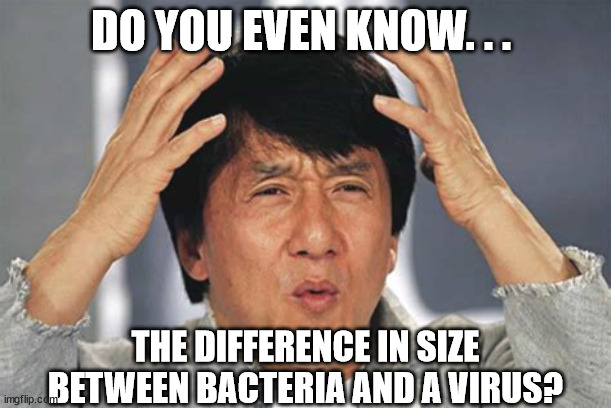"But one solution may be hiding in plain
sight, and it is rooted in basic high school
physics. The largest respiratory droplets,
which are expelled by coughing, sneezing,
or speaking, come from the pharynx and up-
per respiratory tract.2 This is also where the
virus replicates the most.3 Volume is a cubic
function, so these large droplets can hold
exponentially more copies of the virus than
small ones. The large ones quickly succumb
to gravity due to their size, while the smaller
aerosols, generated in the lower respiratory
tracts of infected patients, can remain sus-
pended in the air for several hours.4 This
makes N95 respirators indispensable for
protecting health care workers treating criti-
cally ill patients; it also raises the question of
whether more humble alternatives could
block the large droplets outside critical care
settings. As Dr Sui Huang lays out in a bril-
liant exposition of the problem, even make-
shift masks create a physical barrier that
limits where these droplets can land.5 While
wearing them does not stop all exposure, it
is curtailed, and studies of crude masks
made from basic consumer materials suggest
that they can make a difference.
Perhaps more importantly, masks drasti-
cally reduce the number of droplets that
make it beyond the wearer’s mask and into
their surroundings. This insight may be crit-
ical for coronavirus. Preliminary analysis of
nasals swabs from asymptomatic and symp-
tomatic individuals indicate that they appear
to have similar viral loads.6 "
Some protection is better than no protection. Logic 101




